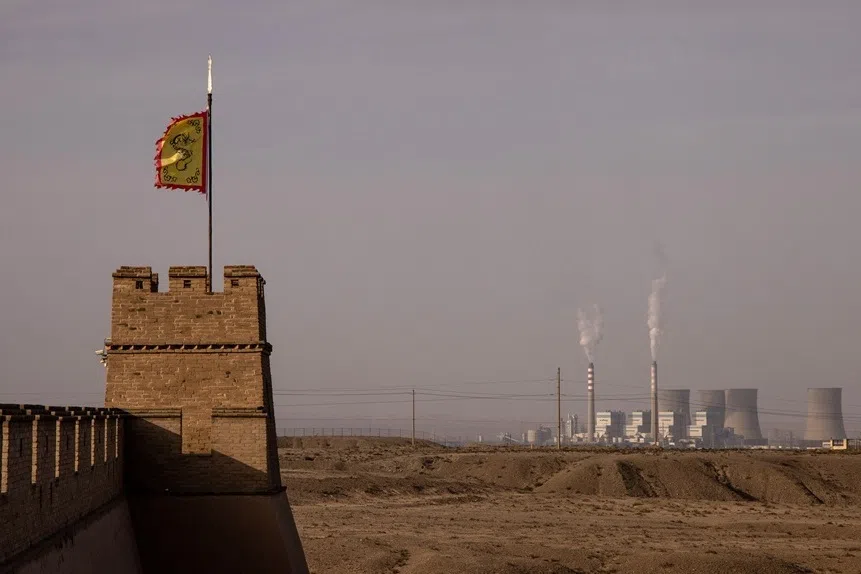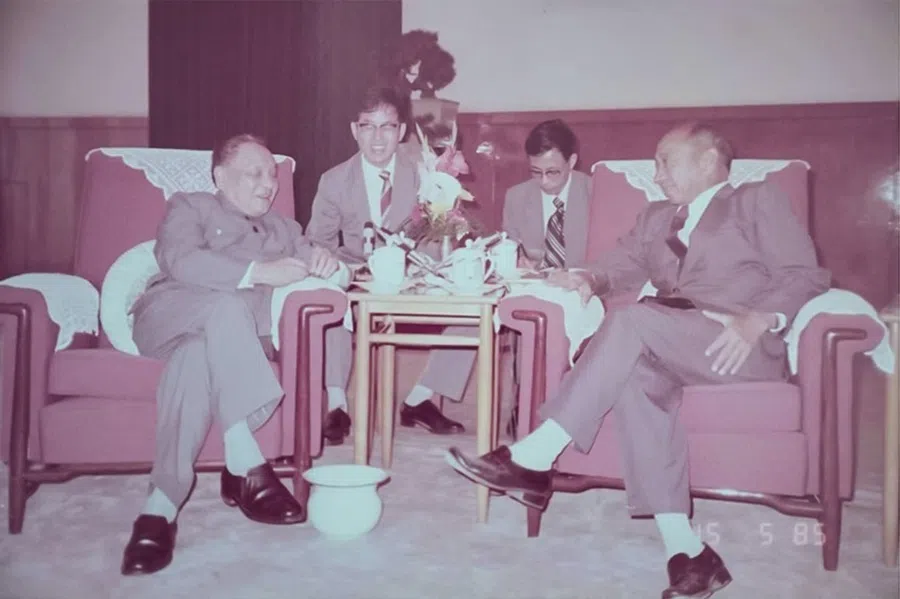The TCM way to Covid-19: Treat the body, not the virus
Professor Goh Chye Tee from Nanyang Technological University explains the treatment protocols recommended by the Chinese authorities in using traditional Chinese medicine (TCM) remedies in the treatment of Covid-19. He posits that one path to health can be a person-centric approach, where the focus lies on restoring balance in the body, rather than the virus that is making the attack.
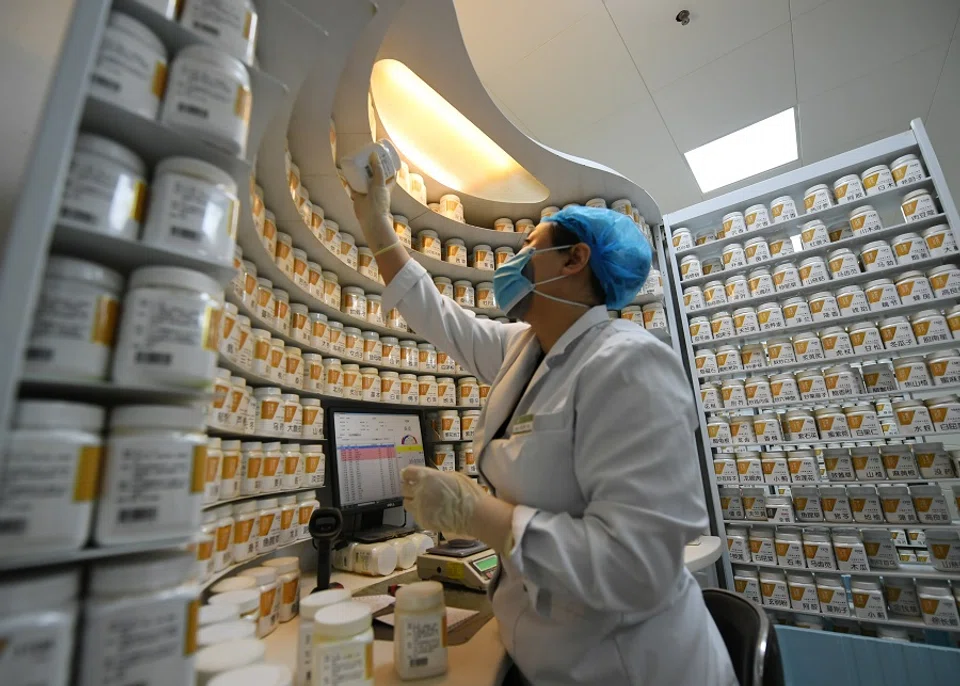
It has now been more than five months since the World Health Organization (WHO) was notified of the first case of Covid-19. This global outbreak has overwhelmed health systems and caused widespread social and economic disruptions to many countries in the world. Other than announcing precautionary measures, the health authorities told people to be prepared for an extended duration of the outbreak which could last for years.
Despite global efforts in conducting research and experiments, a specific treatment drug and vaccine are still unavailable to date. On the other hand, reports have shown that Traditional Chinese Medicine (TCM) therapies have been successfully used in the treatment of Covid-19 patients in China. According to a Chinese state media report, since the beginning of the outbreak in Wuhan, Hubei, more than 90% of Covid-19 patients in China have been treated with TCM with an overall efficacy rate of over 90%.
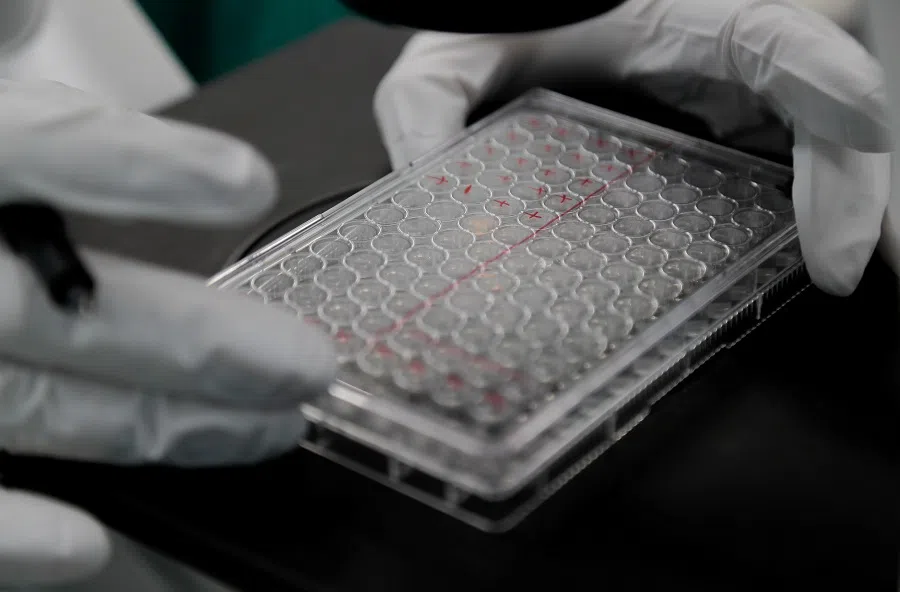
The advent of TCM in fighting infectious diseases
As documented in the TCM classic Yellow Emperor's Canon of Internal Medicine (《黄 帝 内 经》) compiled during the Qin/Han dynasty (221 BC-AD 220), infectious diseases caused by exogenous factors and pestilences were not uncommon. Since that time, the Chinese people have battled against more than 300 outbreaks of pestilence with the use of TCM. Master physician Zhang Zhongjing later collated the Treatise on Febrile Diseases and Miscellaneous Illnesses (伤寒杂病论), adding to the body of knowledge on treating infectious diseases. His book established the principles of syndrome differentiation as a basis for establishing a customised treatment protocol by evaluating all symptoms and disease causal factors comprehensively. The study of febrile diseases was further advanced in the Ming and Qing dynasties by a group of renowned physicians. The theories and principles amassed over the years have become standard protocols for physicians to the present day.
Essentially, TCM analyses febrile diseases according to nature of the disease, symptom manifestations of discomfort locations, stages and trend of disease development and other environmental factors. It is believed that this combination of pathogenic factors causes an imbalance in the yin and yang of the body, resulting in the malfunctioning of the visceral system and a lowering of the metabolism. The different patterns of imbalance are classified as syndromes and form the basis of treatment plans that have the objective of restoring the body's balance to its optimal level.
TCM for treatment of Covid-19
In the current Covid-19 outbreak, the Chinese government implemented strict measures to contain the situation with an extensive mobilisation of national resources. From the beginning of January until March 2020, their National Health Commission issued seven versions of "Diagnosis and Treatment Protocol for Novel Coronavirus Pneumonia" to guide their medical personnel in the fight against the disease.
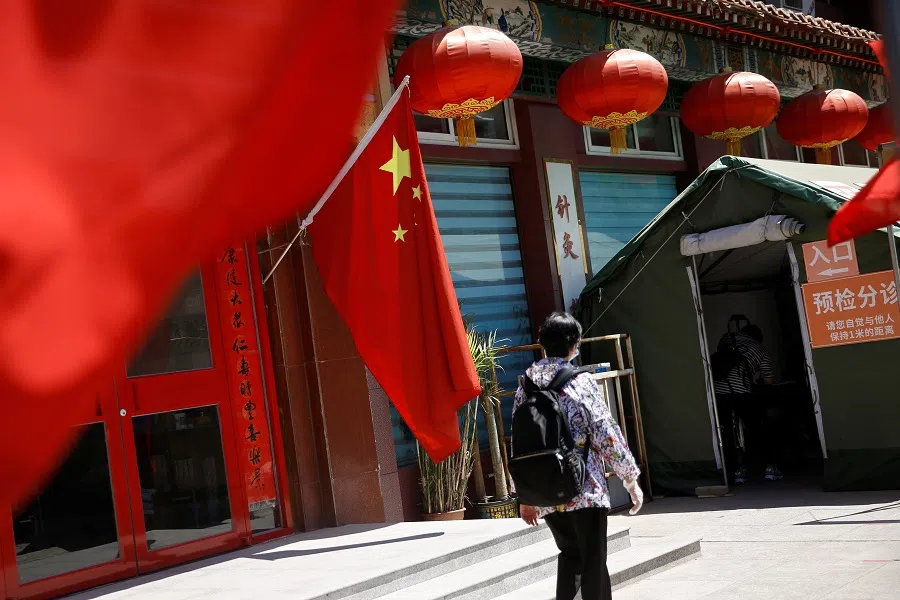
According to the "Diagnosis and Treatment Protocol for Novel Coronavirus Pneumonia Trial Version 7" (DTP-7), Covid-19 belongs to the category of plague caused by the coronavirus and other exogenous factors. The treatment protocol was issued as a general guide and could be varied according to local climates and the physical condition of each individual. These variations take into account the principle of syndrome differentiation for treating individuals.
The TCM treatment plans in DTP7 classified the disease into the following stages:
1) Medical observation (without confirmation of disease)
This is a stage when patients show symptoms of fatigue, together with gastrointestinal discomfort or fever but there is no confirmation of the disease via a virus detection test. Treatments with Chinese medicine can begin now to relieve gastrointestinal discomfort and fever.
2) Confirmed Covid-19 cases
For confirmed cases, most patients will manifest typical acute respiratory infection symptoms such as fever, fatigue, cough, sore throat, body aches, and congestion in the nasal sinuses or lungs. Depending on the degree of infection, the disease is categorised into mild, moderate, severe and critical stages.
For the mild and moderate cases with coronavirus infection, TCM also identifies dampness ( (寒湿或湿热, cold and heat type) as pathogenic factors causing the malfunctioning of the lungs and respiratory system. After comprehensive analyses of all factors for syndrome differentiation, four patterns are identified namely, (a) cold dampness and stagnation lung syndrome; (b) dampness and heat-accumulation lung syndrome; (c) dampness and stagnation lung syndrome and (d) cold dampness lung syndrome. These syndromes are indications of imbalance and disharmony in the visceral systems particularly involving the lungs. TCM treatment therapies are formulated to reduce inflammation, remove the stagnation caused by dampness cold or dampness heat, and to eliminate the virus via detoxification.
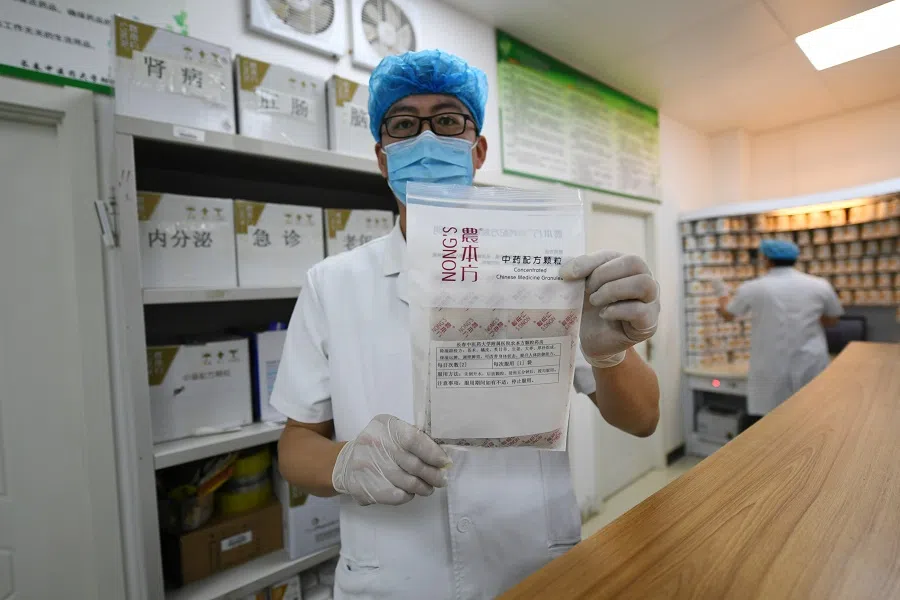
3) Severe cases
The syndromes of severe cases identified are "plague poison and lung-closing syndrome" (疫毒闭肺证) and "syndrome of flaring heat in qifen and yingfen" (气营两燔证). (NB: In TCM, qifen and yingfen are part of a syndrome differentiation method used to signify the extent and damage of a febrile disease.) Both syndromes manifest severe shortness of breath due to lung congestion caused by virus and dampness heat. The former is manifested by yellowish phlegm or blood in the sputum, while the latter can be identified by vomited blood, convulsion in the limbs and thirst due to dryness and lack of body fluids. Treatments involve oral concoctions and injections of Chinese patent medicines to counteract the severe infection, clear lung congestion by removing dampness, heat and inflammation, and replenish body fluid to restore the body's metabolic functions.
4) Critical cases
The clinical manifestation of critical cases includes having difficulties in breathing to the point of requiring mechanical ventilation and ICU support. Other indications of collapse include fainting, breaking out in a cold sweat, and life-threatening signs manifested through TCM tongue and pulse diagnoses. Oral concoction with ginseng and various types of injections with life-reviving Chinese patent medicines would be administered to save the patient.
Other than the decoctions prescribed for different syndromes, DTP-7 also provides the "lung cleansing and detoxifying decoction" as a general formula suitable for light, moderate, severe and even critical patients. The decoction has the general efficacy of clearing inflammatory heat, eliminating the possibility of dampness obstructing the functionality of organs, and detoxification to eliminate the virus. Despite its general application, customisation in accordance with specific syndromes to optimise efficacy for each individual is still recommended.
5) Convalescent period
During the convalescent period after treatments, patients would typically show low functionality in the digestive and respiratory systems, and a general lack of energy and fluid to perform the routine metabolic functions. The former is classified as "lung and spleen qi deficiency syndrome" and "qi and yin deficiency syndrome". Appropriate concoctions are required to replenish the fluid and energy levels, and to enhance the functionality of the visceral systems in order to restore the body to its optimum yin-yang balance.
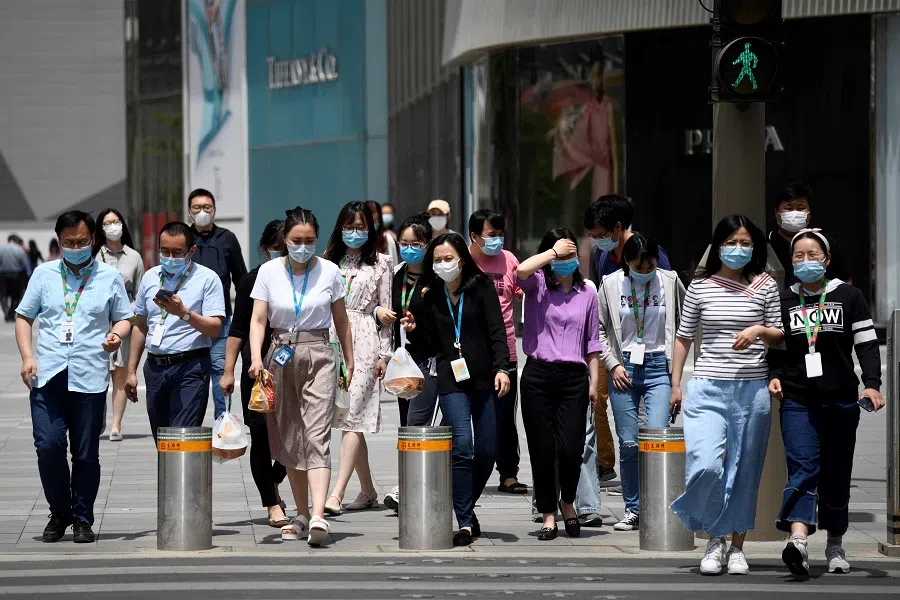
As can be seen from the recommendations in the DTP-7 protocol, the current treatment plan for Covid-19 is largely in line with the TCM principles established two thousand years ago in ancient China. Regardless of the identification of pestilence, treatments can still proceed by focusing on the restoration of the individual's yin-yang balance.
This person-centric approach has the advantage of managing the body instead of virus, which is often beyond human control. Once the body systems are able to function at the optimum level of harmonisation and balance, the immunity and antibodies generated would be strong enough to curb the viruses. In the absence of a modern treatment drug, the person-centric approach with syndrome identification and targeted Chinese medicines could be a viable alternative to consider for the benefit of mankind during this pandemic.
The opinions expressed are those of the writer and do not represent the views and opinions of NTU.
Articles under the Health section are supported by OSIM.

